Anyone who is even remotely passionate about cooking would like to be able to cut like a top chef. Apart from the fact that it is good for your ego to impress others with a fast cutting technique, there are a number of very good reasons why every amateur chef should know the different cutting techniques.
This article therefore answers the question of why it is important to use cutting techniques in the kitchen, what methods there are and what the differences are between all those techniques.
Why it's important to master cutting techniques
First, using the correct cutting method ensures evenness. Let's take a carrot as an example. A carrot has a rather typical shape, from very thick to very thin. Many people cut a carrot into very coarse pieces because that is easier. The disadvantage of this straightforward cutting method is that the pieces are of unequal sizes. Large pieces require more time to cook than smaller pieces. If the pieces were all the same size, everything would cook more evenly.
A second important reason to use cutting techniques is that the eye also wants something. Fruit and vegetables that have been cut correctly simply look a lot more attractive and therefore tastier.
A third reason is that correct application of cutting techniques is a lot safer. Being able to handle a large chef's knife gives you self-confidence and when you master the cutting technique, the chance of cutting your fingers is much smaller.
The basic cutting technique: the claw technique
Actually, this doesn't sound like a cutting technique, but it is. The claw technique is the basis of all cutting techniques and you can use it to cut both thick and thin slices.
It is important with this technique that you use the hand that you are not cutting with to hold the product. Place your fingers on the product like a cat's claw. Take your chef's knife and place the point on the cutting board. Lower the knife with a cutting motion and then raise it again. By sliding your knife along your inwardly bent finger, you can determine the thickness of the slice. You then repeat this movement after each slice.
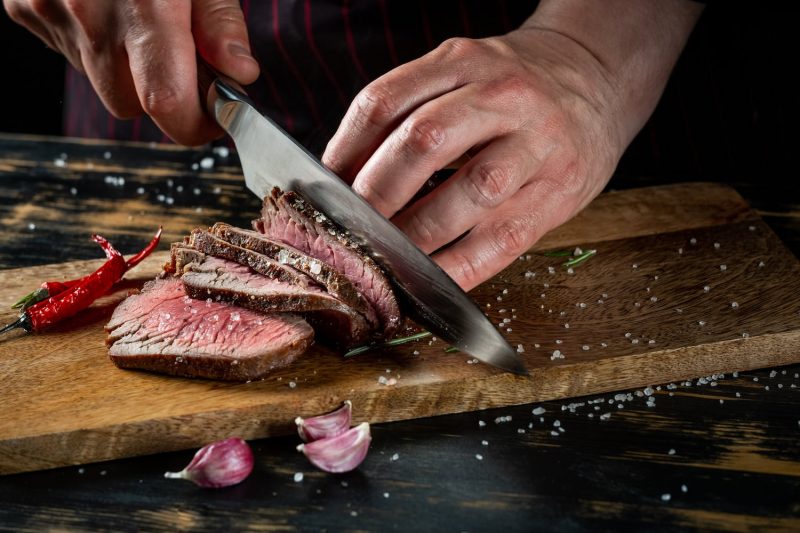
Other commonly used cutting techniques
Below you will find an overview of the different ways in which vegetables and meat can be cut. Most of the names of the cutting techniques, like much other kitchen terminology, come from French.
Embossing
A commonly used cutting technique is embossing. This method is often used for herbs, leafy vegetables and softer vegetables such as mushrooms, zucchini, pickles and cucumbers, for example.
If you want to learn this cutting method, it is important that you master cutting with the guiding hand. The embossing is performed at high speed. It is a form of chopping and when cutting the knife comes completely loose from the cutting board. Slices are cut with rapid up and down movements. To be able to emboss properly, you need a sharp knife in addition to good mastery of this cutting technique.
Julienne
When we talk about julienne, we mean that the vegetable is cut into long thin strips. The matchstick strips are 1 to 2 mm thick and 4 to 5 mm long.
This method is often used for vegetables, but meat or fish can also be cut julienne. It is a very fine cutting technique and is therefore often used for ingredients in soups and sauces.
Tourne
The Tourné is a cutting technique from classic French cuisine. You will recognize this way of cutting by its oval, elongated shape and 7 equal surfaces. Vegetables that are often torn are potatoes, pumpkin and carrots. The method is mainly used for show, because torn vegetables look beautiful and luxurious. When 'touring' you use a tourr knife, which is a special knife with a curved blade. If you don't have one, you can also use this cutting technique using a potato peeler.
Brunoise
Brunoise is, next to the julienne, one of the most commonly used cutting techniques in French cuisine. It is also one of the nicest ways, because with a brunoise very fine cubes of about 2 mm are cut. The cut vegetables can then be used in fillings, for example meat or pies. The brunoise is also a very suitable technique for cutting vegetables for soups.
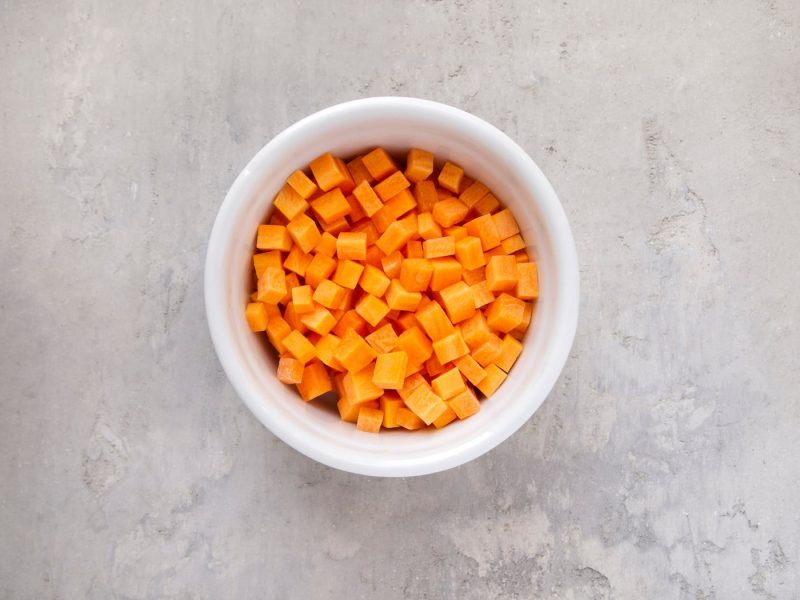
Macedoine
The macédoine cutting technique is similar to that of brunoise dice. There is a difference and that is that in a macédoine the cubes are 5 mm in size. That size was not chosen entirely at random, because it is the same size as that of the peas that are part of the 'macédoine de legume', a salad of various vegetables that are all cut into more or less the same size.
Chinoise
The name of this cutting technique may already suggest it; the chinoise is a way of cutting that comes from Chinese cuisine. When cutting, vegetables such as carrots or leeks are cut twice diagonally, creating a diamond shape. Vegetables cut in this way are often first blanched and then used, for example, in a salad or soup.
Jardiniere
This method of cutting is also called baton. The technique is related to the Julienne cutting technique. With julienne, the idea is to cut super fine strips; With the jardinière things can be a little coarser. The dimensions of Jardinière are close to the dimensions of our fries, namely approximately 4 to 5 cm long and 1 cm wide.
Emince
When we talk about emincer in the kitchen, we mean cutting, for example, mushroom, truffle or garlic into very thin slices or slices. There are no fixed dimensions associated with this cutting technique.
Carre
Cubes, apparently they can't get enough pleasure from them in French cuisine. A square also refers to a square block. This time a larger block of 1 cm by 1 cm. It is important with this cutting technique that the blocks are nice and square and therefore have the same dimensions on all sides.
Snipping
Slicing is a cutting technique that we all use almost every day in the kitchen. How many recipes start with the well-known 'slice an onion'? When we shred something, we make a number of horizontal cuts in the product, but we do not cut the product completely. Then we make a number of vertical cuts. The final step is to reduce the size of the product. Slicing is something we often do with onions, because they consist of layers. If you use the brunoise cutting technique, the onions will fall apart when cutting.
Slicing techniques and sous-vide
We have already explained that cutting techniques are important for the presentation and even cooking of a product. If you want to cook like a real chef, then as an amateur chef you will of course already use sous-vide . The way you prepare a piece of meat, fish or poultry largely determines the end result and with sous-vide the result is always perfect. But cutting techniques are also important for a good result.
If you want to learn cutting techniques, you will have to practice a lot. Make sure you have a good, sharp chef's knife (important!) and master the claw technique first. Once you have mastered these (not literally ;-)) you can continue practicing the other cutting techniques.
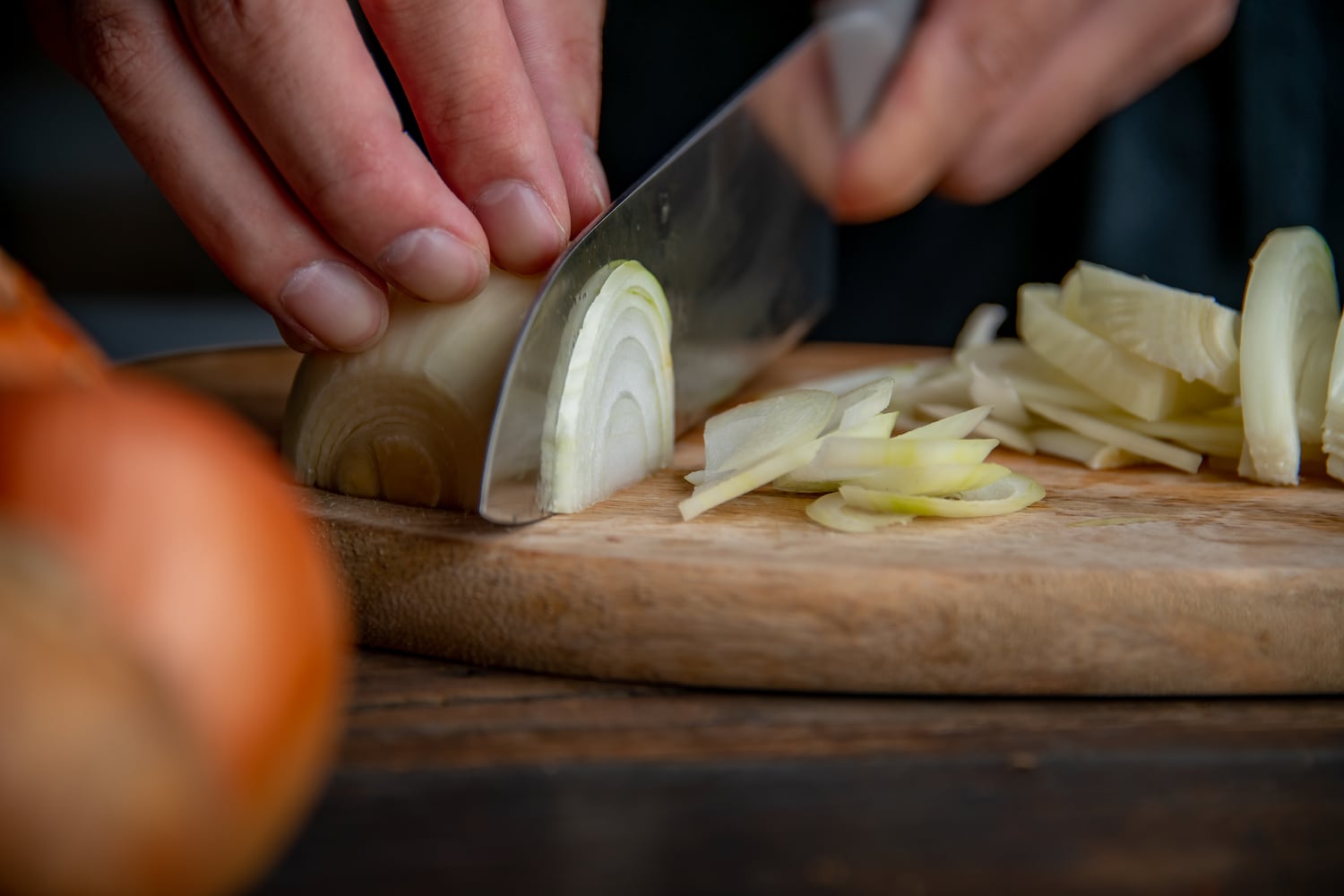
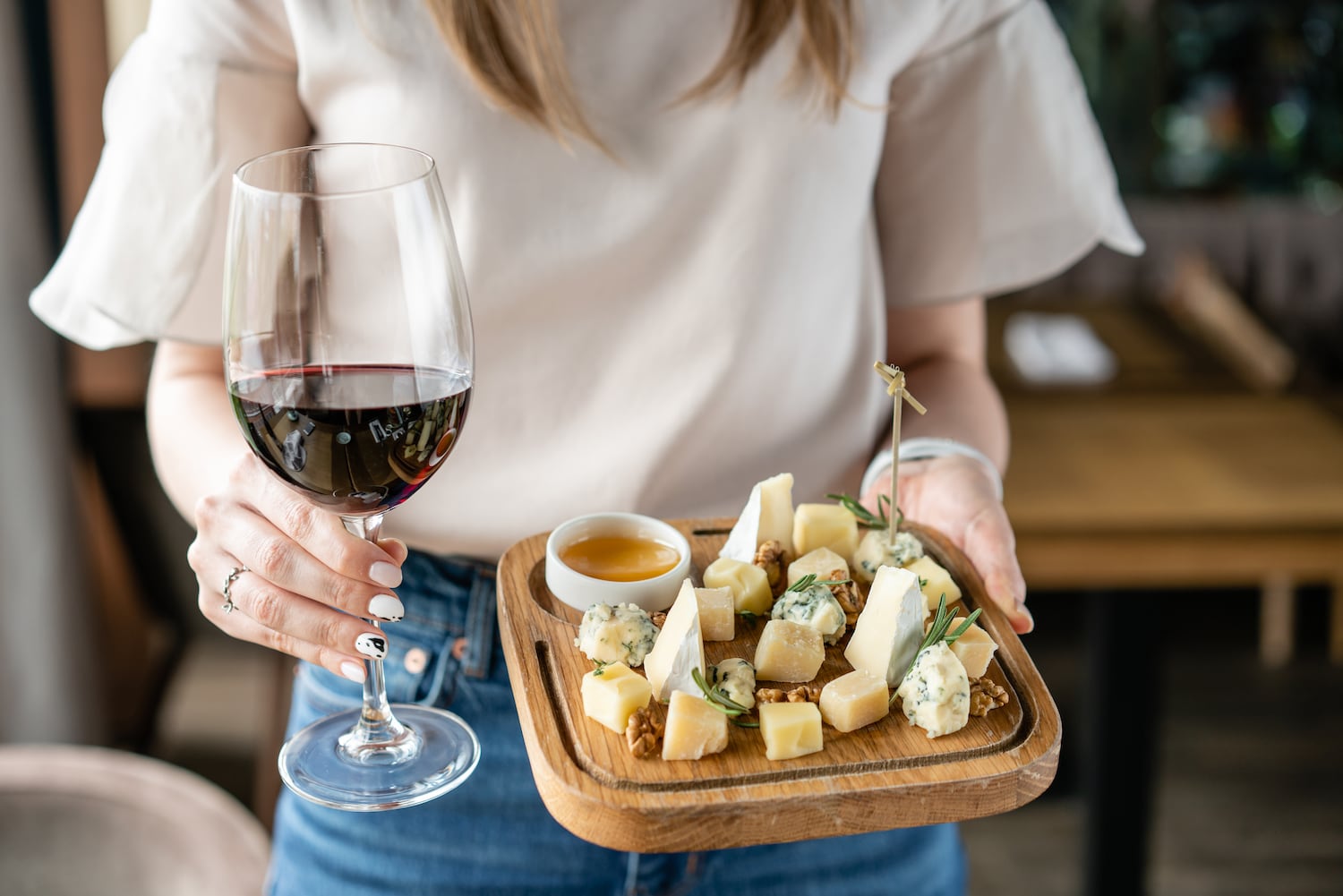
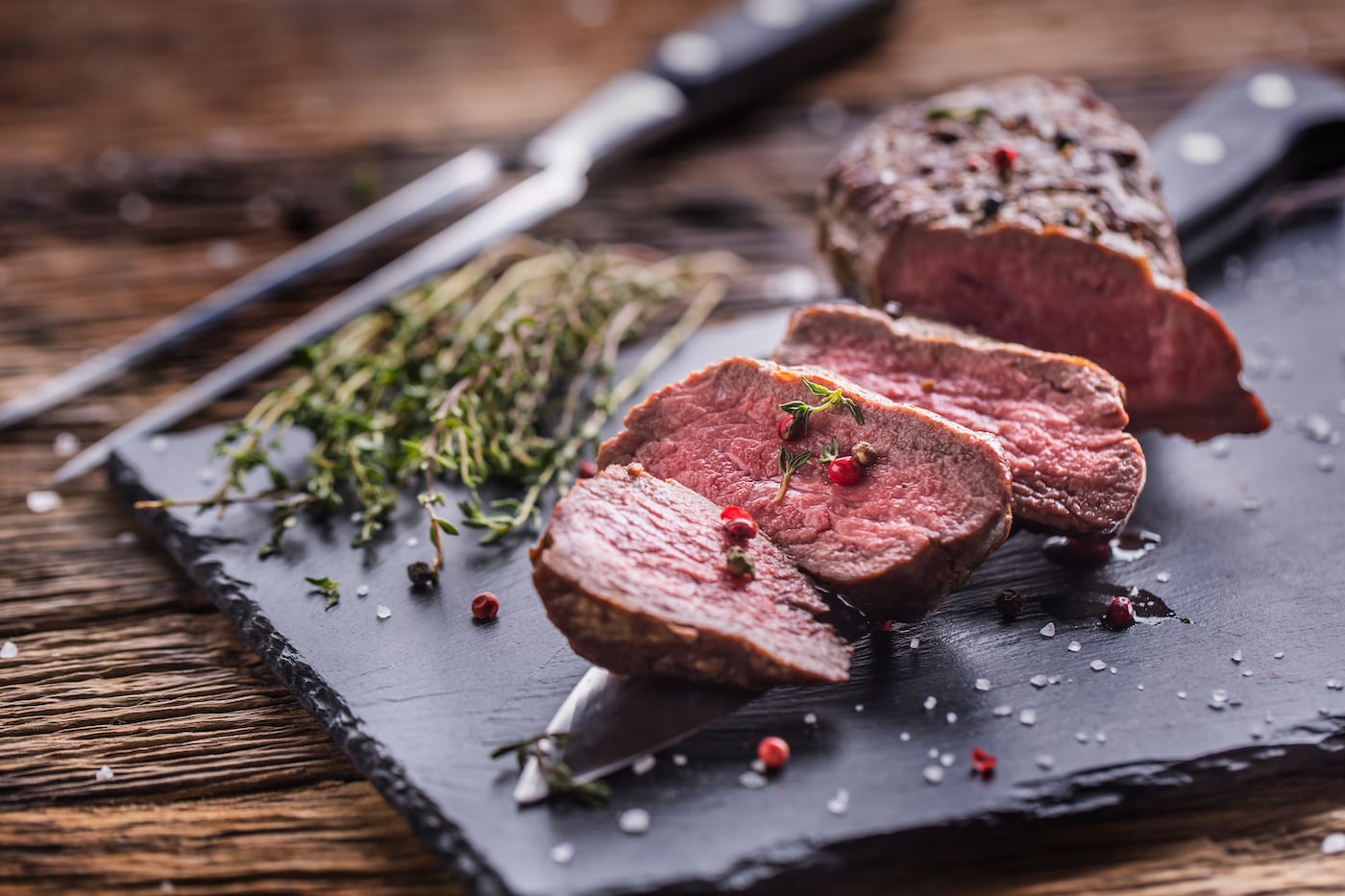
Leave a comment
This site is protected by reCAPTCHA and the Google Privacy Policy and Terms of Service apply.